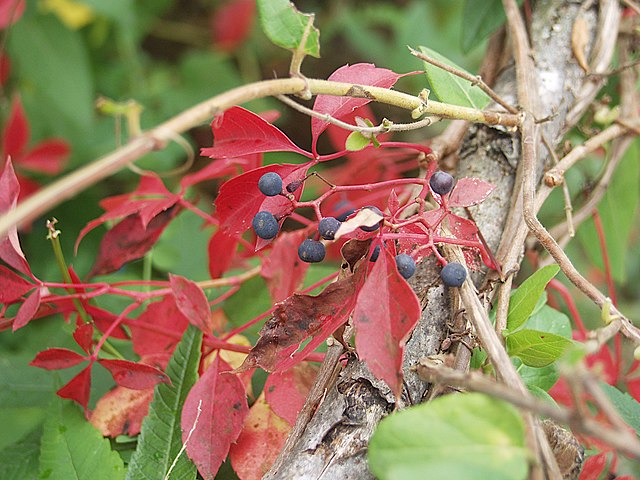
Fall colors on the sidewalk of Jane Street.


Like many buildings on the southeast side of Liberty Avenue, where the two grids of our eighteenth-century street plan collide, the Baum Building is forced into a triangle. It began its life as the Liberty Theater, but it lasted for only a few years before being turned into offices. Now, under the ownership of the Pittsburgh Cultural Trust, it has gone back into the entertainment business as an art gallery.

Addendum: The architect was Edward B. Lee. The theater was built in 1912; the conversion to offices was done in 1920, and Father Pitt suspects Lee supervised that as well. See this page in The Brickbuilder from 1913 for a picture of the building as originally built.

Kosciusko Way, apparently named for the famous Polish hero of the Revolutionary War, is a narrow and crowded street that makes a brave attempt to go straight up from Josephine Street into the South Side Slopes, but makes it only a block before being utterly defeated by topography.

Some of the brightest and purest reds in the fall come from Virginia creeper, or woodbine. It is a beautiful vine all summer, but when its glossy dark green leaves turn fiery red in fall, it can light up whole tree trunks in the woods. These vines grew (and fruited) at the edge of a small parking area on the South Side Slopes.



Mellon Square is one of the few open spaces downtown, and the only way a whole block could be opened up was by, in effect, making an inverted building under it. Several layers of parking garage are under the square, and the Smithfield Street side, which is below the level of the square, has a row of storefronts along the street.


The first structural use of aluminum was this ornate tracery spire on the Smithfield Congregational Church by Henry Hornbostel. Unfortunately the decorative stamped concrete that covers the rest of the church is crumbling, and it will cost millions to repair. The church has been shrouded in mesh for years now, but the spire still proudly catches the early-morning sun.

This is one of several works by Harrison and Abramovitz on Pittsburgh’s skyline—the most prominent, of course, being the U. S. Steel Tower, which dwarfs everything else. This one was built in 1953, making it probably the first of their works here. It was also the first aluminum-faced skyscraper (appropriate for the biggest aluminum producer in the world). To Father Pitt, it always looks like a stack of 1950s television sets.

It is one of old Pa Pitt’s endearing quirks that he likes to take pictures with a bus coming toward the viewer.